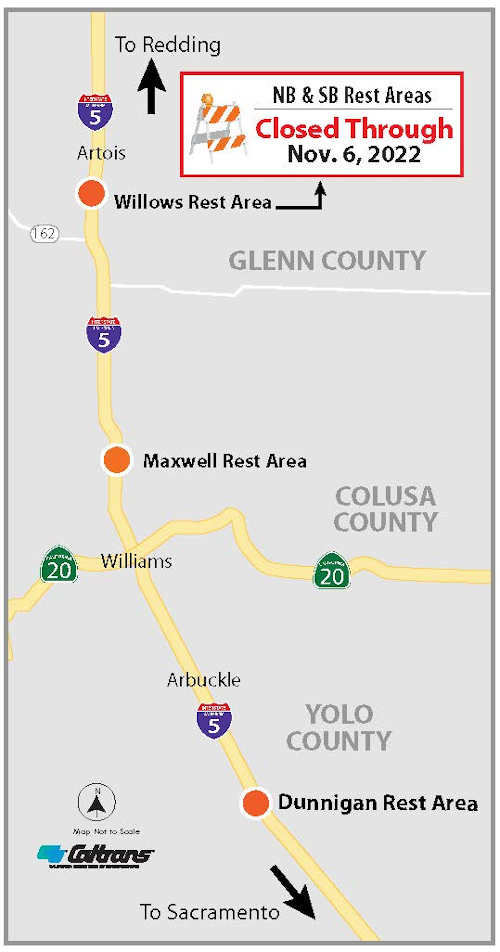- CHICO POLICE DEPARTMENT
- Posted On
Police investigate hate crime at Chico synagogue
At 4:15 p.m. Wednesday, the Chico Police Dispatch Center received a call regarding a vandalism incident at the Congregation Beth Israel synagogue, located on the 1300 block of Hemlock Street.
Officers arrived on scene and discovered that an unidentified individual burned a sign in front of the synagogue and drew swastikas on the sign. The officers collected evidence and began an investigation.
Police said the vandalism is being treated as a hate crime.
“These incidents are serious acts against members of our community and will be investigated thoroughly,” the agency said.
The Chico Police Department is asking for assistance from any community members who may have information regarding this incident.
Anyone with information is asked to call the police department at 530-897-4900.








